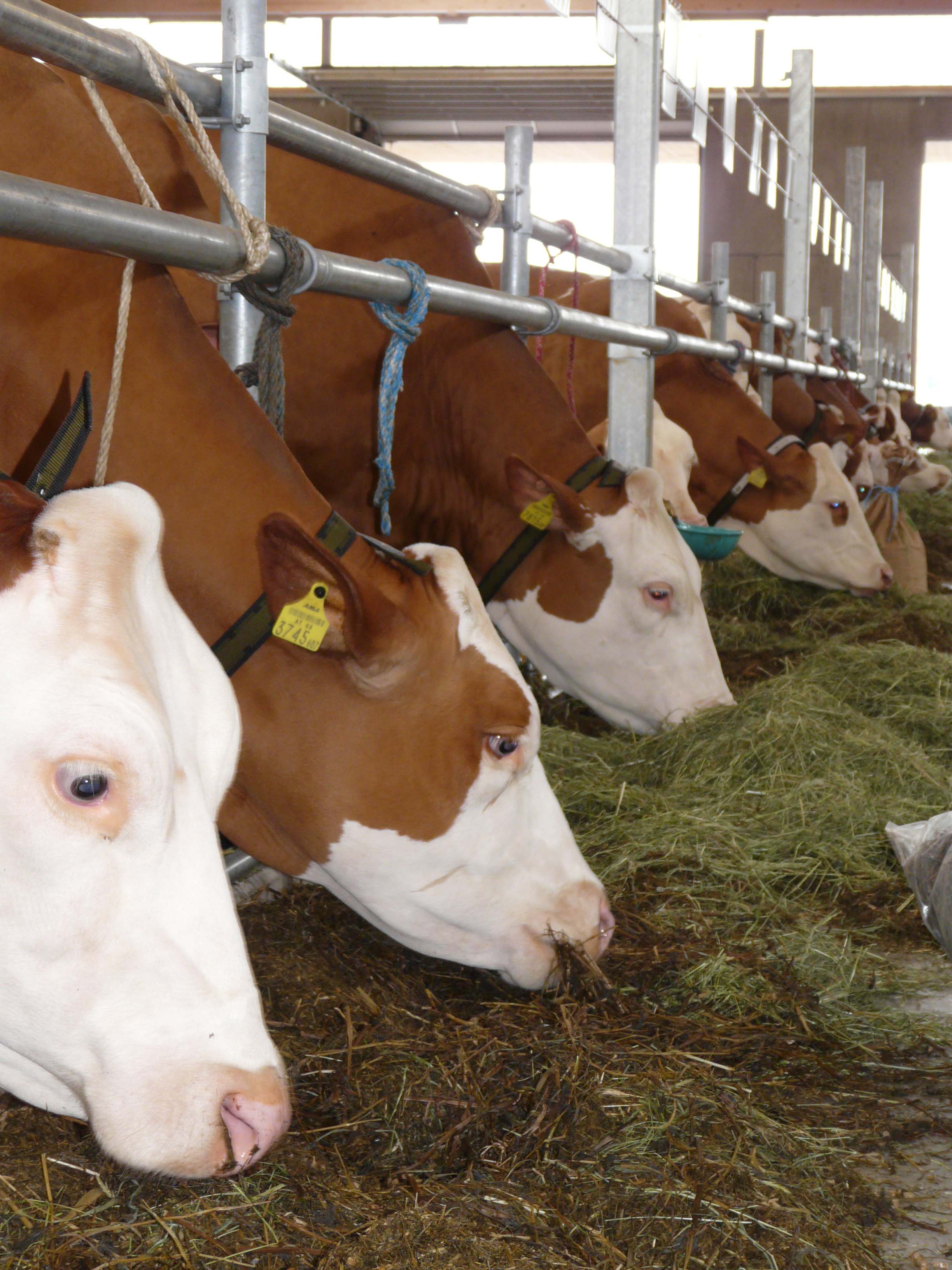In the 3 x 2 factorial study, the effects of three concentrate feeding strategies (C) during the transit phase (C-21; C1; C+21) and of two milking frequencies (M) during the first week of lactation (M1 once vs. M2 twice milking daily), examined in organic dairy cows calving seasonally in winter. All animals were offered a high-quality basic feed consisting of hay and grass silage from four weeks before the expected calving date until the 98th day of lactation (Lak.Tag). In group C-21, concentrate feeding began 21 days (-21 days) before the expected calving date and was increased from 1.8 kg DM (Lac. Day -21 to -15) to 2.6 kg DM (Lac. Day -15) until birth -14 to 1) increased, during the first 14 lakh days the concentrate intake was increased daily by 0.26 kg DM per animal from 2.6 to 5.7 kg DM and from the 15th lakh day the concentrate supplementation depended on the actual milk production of each cow. In group C+1 no concentrate was fed before birth, from lactation day 1 the same concentrate allocation was made as in group C-21 from the start of lactation and in group C+21 concentrate supplementation only began on lactation day 21. Within these three C groups, half of the cows were milked either once (M1) or twice (M2) during the first week of lactation, and from day 8 onwards all cows were milked twice daily.
Results
The study showed that a three-week delayed concentrate supplement (C+21) at the start of lactation reduced energy intake and led to negative effects on energy balance and metabolic parameters. Once-daily milking (M1) in the first week of lactation showed no effects on feed and energy intake in the first seven weeks of lactation, but reduced energy-corrected milk yield (ECM) and improved energy balance and metabolic parameters. Furthermore, once-daily milking (M1) reduced the total number of veterinary treatments, led to earlier first inseminations, but had no effects on other fertility parameters and significantly increased the milk cell count.
Notice
The results of the present study have been submitted for publication in a scientific journal. For publishing law reasons, the results cannot be published in detail in advance. As soon as the scientific work has been published, it will be announced on the HBLFA Raumberg-Gumpenstein homepage and the scientific publication can be obtained from the first author.







